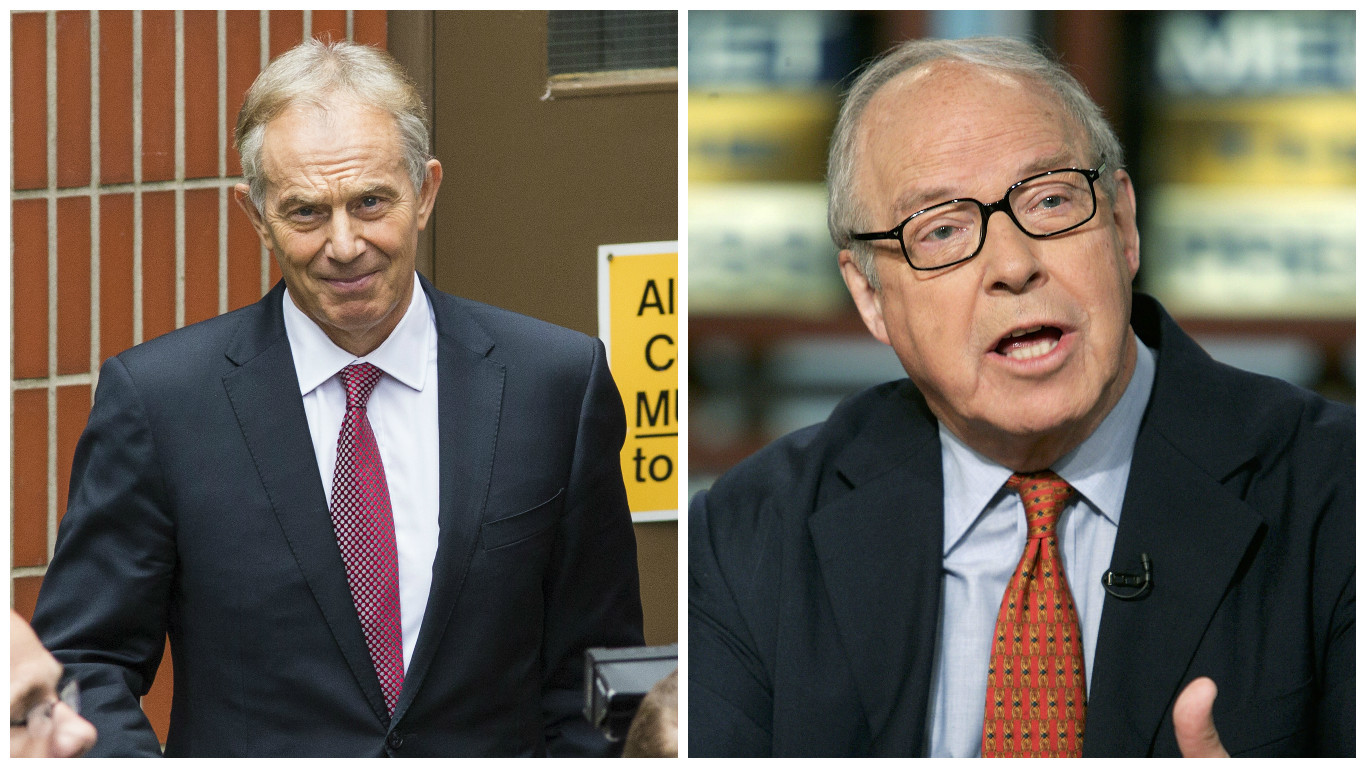
TONY BLAIR “misrepresented the facts” when he told MPs about Iraq’s chemical weapon capabilities, former UN inspector Hans Blix has claimed.
The former prime minister is also accused of being “dishonest” in the lead up to the invasion in 2003, in a BBC Panorama programme to be aired on Wednesday night.
Iraq: The Final Judgement interviewed former weapons inspector Mr Blix and former Labour minister Claire Short – who stepped down as international development secretary in protest at the war in 2003.
The programme comes a week before the Chilcot Inquiry into the war, and the lead up to it, is due to release its findings.
Mr Blix told the programme that what Mr Blair told MPs “did not represent the reality”, but that did not suggest he acted in bad faith, adding: “Many people bring themselves to believe something that they want to believe.”
The Swedish diplomat and politician added: “I think Blair had a feeling that this was an evil regime and that it was a moral thing to do away with it.
“And I don’t think that’s an evil thought, but I think it was a presumptuous thought that the UK and the US alone should do that.”
Sir John Chilcot’s inquiry was set up in 2009 by then prime minister Gordon Brown after the withdrawal of the main body of British troops earlier that year.
The British presence in Iraq, named Operation Telic, resulted in the deaths of 179 service personnel.
The inquiry examined the lead up to the 2003 invasion, and the years up to the 2009 withdrawal.
The report’s long-awaited publication follows 130 sessions of oral evidence, and the testimony of more than 150 witnesses.
The inquiry has analysed more than 150,000 government documents, as well as other material related to the invasion.
Giving evidence in 2010, Mr Blair said he was convinced by the intelligence reports he was receiving that Iraqi leader Saddam Hussein did have weapons of mass destruction.
He acknowledged some of the reports he was given warned some of the intelligence was “sporadic and patchy”, but said throughout the build-up to the invasion, advice from the Joint Intelligence Committee (JIC) – the UK’s most senior intelligence body – was that Saddam was continuing his WMD programmes.
“It is hard to come to any other conclusion than that this person is continuing WMD programmes,” he said at the time.
“When you are the prime minister and the Joint Intelligence Committee is giving you this information, you have got to rely on the people doing it, with the experience and with the commitment and integrity as they do.
“Of course now, with the benefit of hindsight, we look back on the situation differently.
He also strongly defended his claim in the Government’s Iraq dossier, published in September 2002, that the intelligence had established “beyond doubt” that Iraq had WMD.
Ms Short, Labour MP for Birmingham Ladywood from 1983 to 2010, told Panorama that the invasion would be Mr Blair’s “legacy”.
She told the programme “what was known, which was very little indeed, was then exaggerated way beyond to give this imminent threat”, adding; “I mean that’s just dishonest. There’s no question about it.”
She went on: “I think he’d [Tony Blair] made up his mind to be with [George] Bush. And we were massaged and deceived to get us there when it was a manipulation of us – that is us, the parliament, the cabinet, British public opinion, American public opinion by people who were determined to take military action from the beginning.”
Panorama – Iraq: The Final Judgement, is on BBC One at 9pm on Wednesday
READ MORE

Enjoy the convenience of having The Sunday Post delivered as a digital ePaper straight to your smartphone, tablet or computer.
Subscribe for only £5.49 a month and enjoy all the benefits of the printed paper as a digital replica.
Subscribe